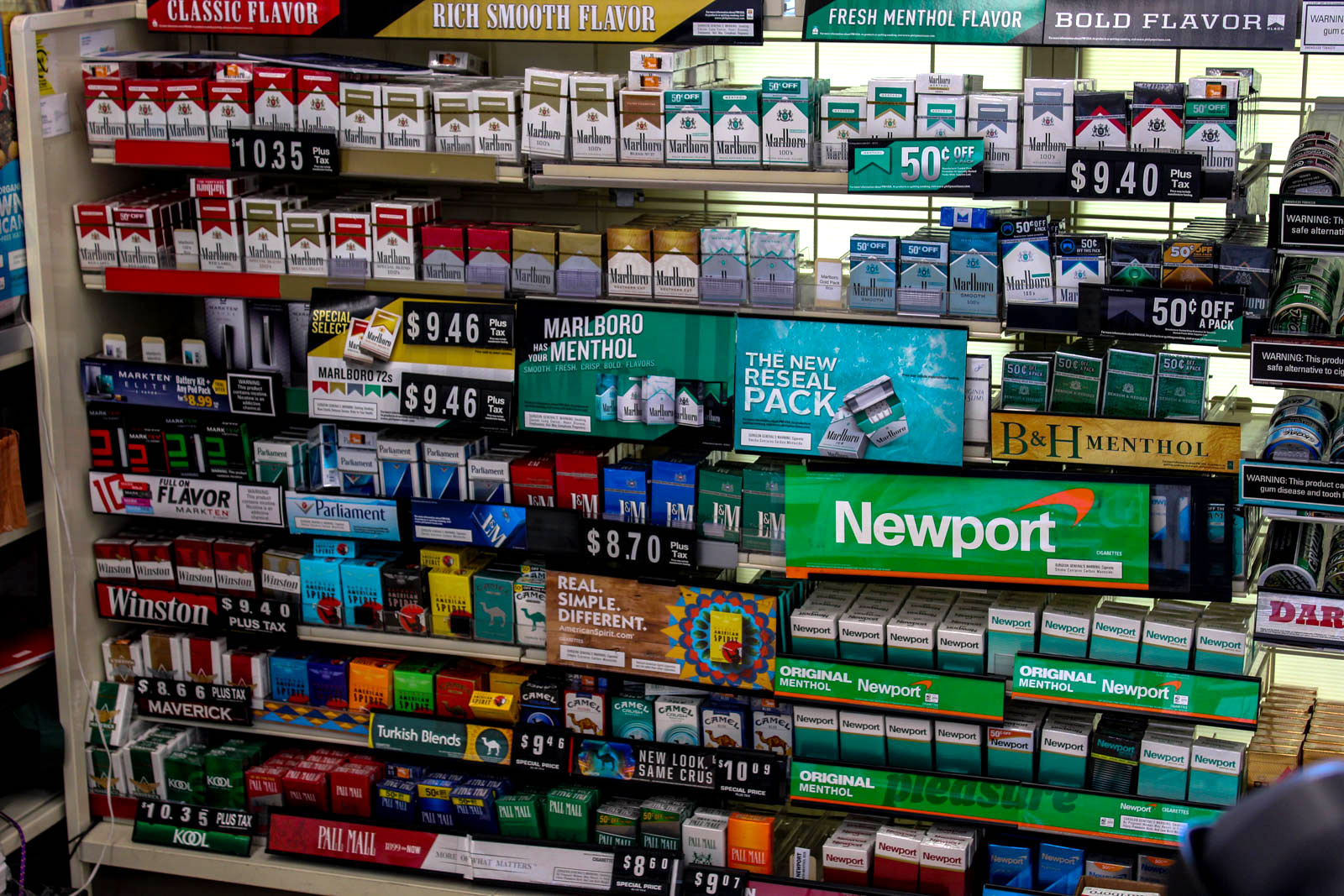
The United States Food and Drug Administration is expediting the release of a final rule requiring graphic warnings on cigarette packs and advertisements after a Massachusetts federal judge ruled that the agency “unreasonably delayed” compliance with the 2009 federal mandate requiring the warnings.
U.S. District Judge Indira Talwani issued her ruling Wednesday, in response to a 2016 lawsuit filed by eight public health groups, including the American Cancer Society and American Heart Association.
In her ruling, Talwani provided the FDA with a Sept. 26 deadline to provide the court with “an expedited schedule for the completion of outstanding studies, the publication of the proposed graphic warnings rule for public comment, review of public comments, and issuance of final graphic warning rules in accordance with the Tobacco Control Act.”
The 2009 Family Smoking Prevention and Tobacco Control Act requires the FDA to mandate specifics for and enforce the creation of new graphic imagery depicting the negative health consequences of smoking.
In June 2011, the FDA published a final rule explaining specific requirements for color and placement. The rule required that graphic warnings cover the top half of the front and back of cigarette packs and that images be accompanied by one of nine new text warning statements created by the FDA, such as “WARNING: Cigarette can kill you” and “WARNING Cigarettes cause cancer.”
The 2011 rule was immediately challenged by several tobacco companies who said the requirement for specific content and placement style was unconstitutional.
In August 2012, the United States District Court of Appeals for the District of Columbia Circuit sided with the tobacco companies, saying the specific warning label requirements were an infringement of free speech under the First Amendment.
Eric Holder, attorney general in 2013, affirmed the FDA’s right to mandate graphic warning labels under the Tobacco Control Act in a letter to Congress. Congress recognized that tobacco use is the largest preventable cause of death in the United States and, therefore, can grant the FDA the legal authorization to regulate tobacco products and advertising.
The FDA researched which style of warnings to require but had not yet begun the rulemaking process to provide new guidelines by the time of the October 2016 lawsuit.
The plaintiffs of the case described the ruling as a “major victory for the nation’s health and the fight against tobacco” in a joint press release Wednesday.
Plaintiffs argued that current U.S. cigarette warnings, which are printed on the side of packs, are out of date and ineffective. They affirmed that research proves graphic warnings are most effective at informing consumers of health risks associated with smoking.
“Requiring graphic cigarette warnings in the U.S. will protect kids, save lives and reduce tobacco-related health care costs, which total $170 billion a year,” the release stated.
Lynda Young, a pediatrician and one of the plaintiffs for the case, described the ruling as a good outcome of a long process and said she now awaits a “speedy” conclusion.
“It has been years in the making and they have been dragging their feet for almost 10 years,” Young wrote in an email.“There is still a long process ahead- what pictures will be used, how big they will be and where they will be placed on the package – but it’s a great step forward for us. There is plenty of evidence that graphic warnings deter tobacco use, especially with youths.”
FDA spokesman Michael Felberbaum said the FDA is working to analyze the ruling.
“We’re continuing to move forward on the work to support a new rulemaking, and the agency will comply with any court order,” Felberbaum told The Daily Free Press.
William Cooper, 20, of Brookline, said it is absolutely fair for tobacco companies to be required to include such graphic imagery.
“In general, I am a big proponent of things which persuade people not to smoke,” Cooper said. “I don’t think it is necessarily lawful to ban it, especially since banning these things usually affects poor people first. It’s okay to show [graphic images] in the sense that second-hand smoke is not something that anyone else consents to, but it does kill and cause childhood disease.”




